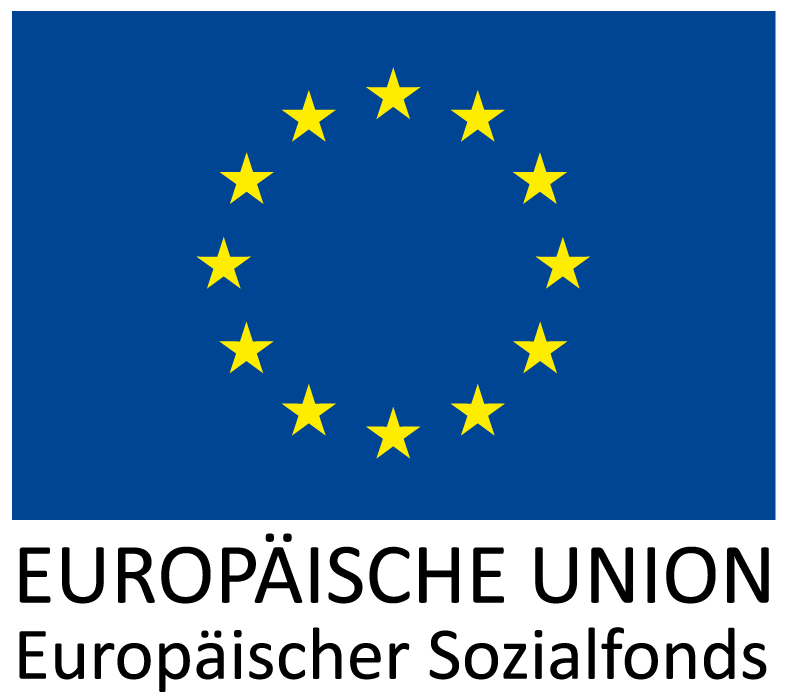Network Stability
Project Duration: 01.01.2017 - 31.03.2021

The so-called “Netz-Stabil” (hereinafter: Network Stability) project, which stands for “Grid Stability with Wind and Bioenergy, Storage and Loads in the Context of an Optimised Sector Coupling Strategy” is a project being conducted under the auspices of the State of Mecklenburg-Vorpommern as part of the Research Excellence Programme. It is being implemented by a coalition of researchers from various departments at the University of Rostock, the University of Greifswald and the Stralsund University of Applied Sciences.
The subject of this joint research project is the stabilisation of the electrical power distribution grid in the face of increasing input from wind turbine generator farms and photovoltaic sources. The Chair of Wind Energy Technology’s allotted task within this wider project is the result of the fact that these generators are usually connected to national power grid via frequency converters. Therefore, among other things, research will be carried out during the project into control processes by means of which system services for the electrical grid can be provided by wind turbine systems. One example of a relevant system service is the standby reserve. In traditional power plants, this is provided through the moment of inertia of the synchronous generators. The basic idea of feed-in via frequency converters is the presentation of a “virtual inertia” with the aid of appropriate regulation procedures. Yet, this and other system services involve certain retroactive effects on the wind turbines, which the Chair of Wind Energy Technology will be studying in close collaboration with other members of the “Wind Turbines Team”.
The first of the Chair of Wind Energy Technology’s tasks is to create a detailed model of the generator-frequency converter system, whereby the research will consider wind turbines with both full-scale and partial frequency converters. In the subsequent step, this model will be integrated into an aero-elastic simulation programme and validated. The starting point for this will be a simulation code, a so-called aero-elastic code, which has been developed over the past few years at the Chair of Wind Energy Technology.
This can be used to monitor the feedback effects of the grid support procedures developed in the course of the project. Thus, the objective is the construction of a sufficiently detailed model of the overall system such that any procedures for the inclusion of system services can be tested against the “virtual prototype” under realistic conditions. In particular, the mechanical model needs to be sufficiently detailed to enable, for example, the illustration of differences between geared and gearless wind turbines. Another requirement for the model is a realistically turbulent wind field. The electrical energy output from wind turbines is subject to turbulence-related fluctuations, which causes fluctuations in the energy available for grid stabilisation purposes.
At a later stage, the plan is to extend the research to cover multiple wind turbines, i.e., an entire wind farm. Whilst the wind velocity is reduced in the wake of wind turbines, the turbulence is increased greatly, resulting in consequences for the grid stabilisation process due to so-called wind-farm effects.
More information on Netz-Stabil can be found at the project's website under https://www.netz-stabil.uni-rostock.de/. Furthermore Stefan Ganzel will be glad to answer any questions you may have.



